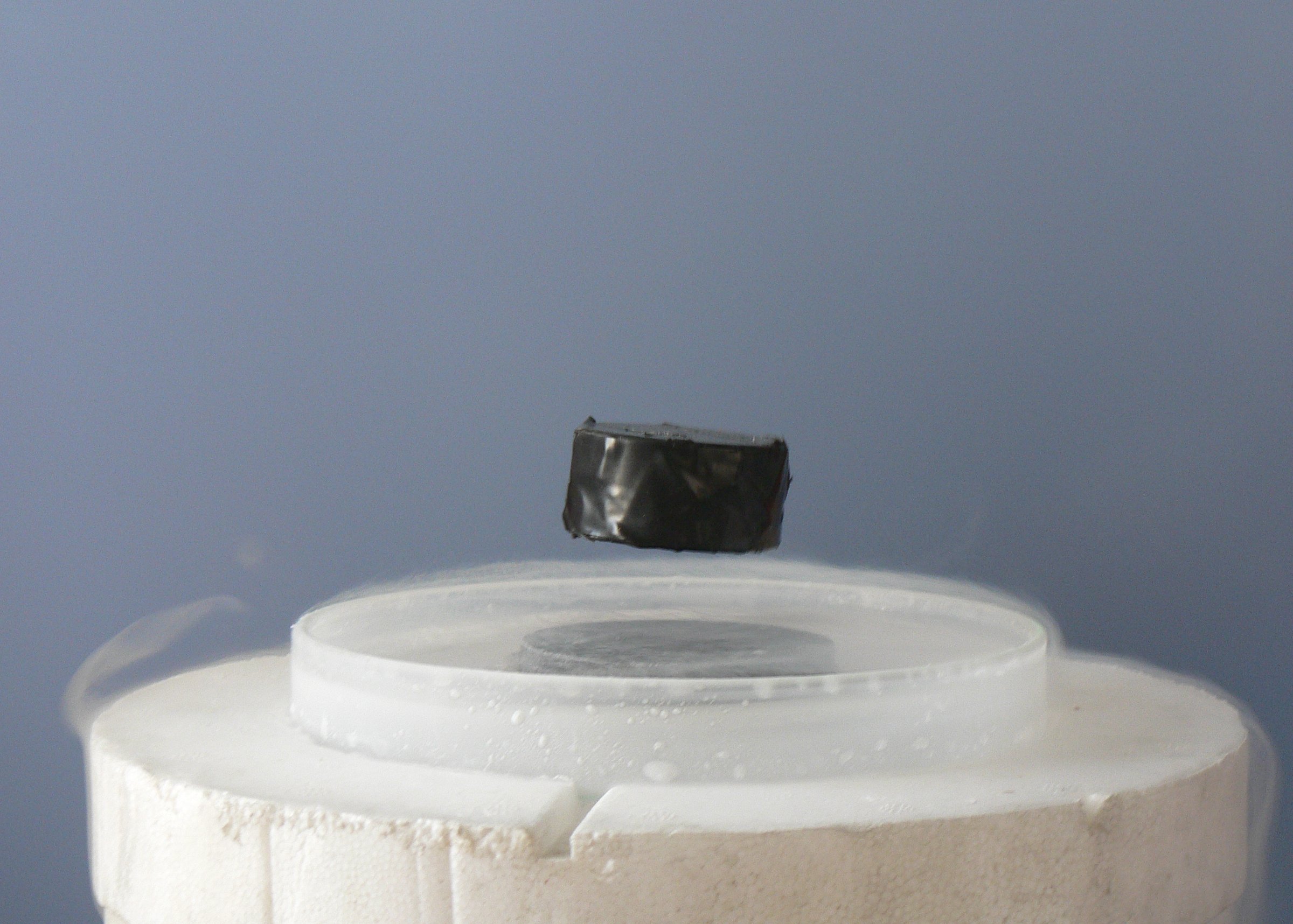
Photo from academic.microsoft.com
In this paper, we present experimental results on axially magnetized (Bz = 0.5 – 2.0 T), thin-foil (400 nm-thick) cylindrical liner-plasmas driven with ∼600 kA by the Michigan Accelerator for Inductive Z-Pinch Experiments, which is a linear… Click to show full abstract
In this paper, we present experimental results on axially magnetized (Bz = 0.5 – 2.0 T), thin-foil (400 nm-thick) cylindrical liner-plasmas driven with ∼600 kA by the Michigan Accelerator for Inductive Z-Pinch Experiments, which is a linear transformer driver at the University of Michigan. We show that: (1) the applied axial magnetic field, irrespective of its direction (e.g., parallel or anti-parallel to the flow of current), reduces the instability amplitude for pure magnetohydrodynamic (MHD) modes [defined as modes devoid of the acceleration-driven magneto-Rayleigh-Taylor (MRT) instability]; (2) axially magnetized, imploding liners (where MHD modes couple to MRT) generate m = 1 or m = 2 helical modes that persist from the implosion to the subsequent explosion stage; (3) the merging of instability structures is a mechanism that enables the appearance of an exponential instability growth rate for a longer than expected time-period; and (4) an inverse cascade in both the axial and azimuthal wavenumbers, k...
Journal Title: Physics of Plasmas
Year Published: 2018
Link to full text (if available)
Share on Social Media: Sign Up to like & get
recommendations!